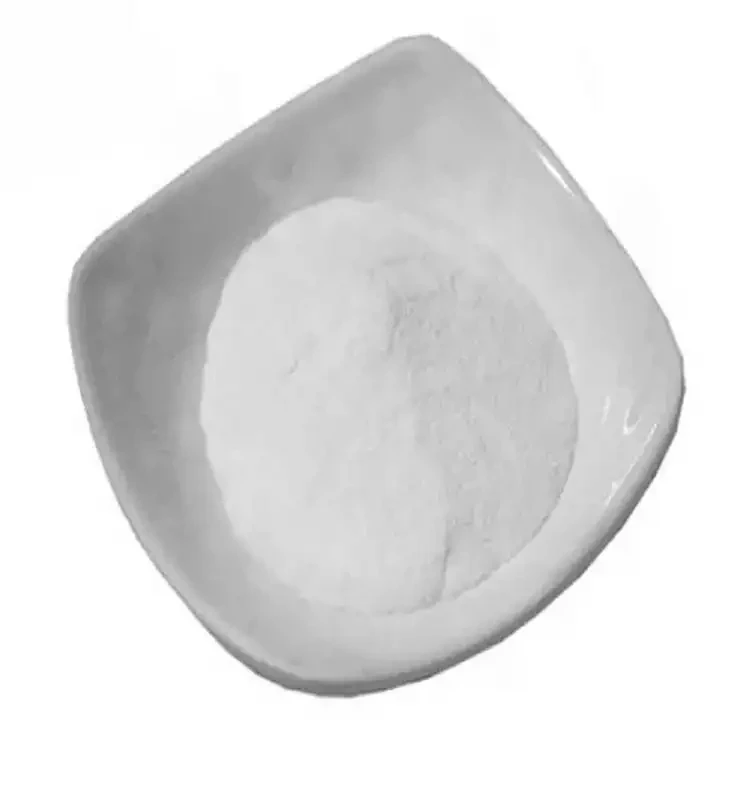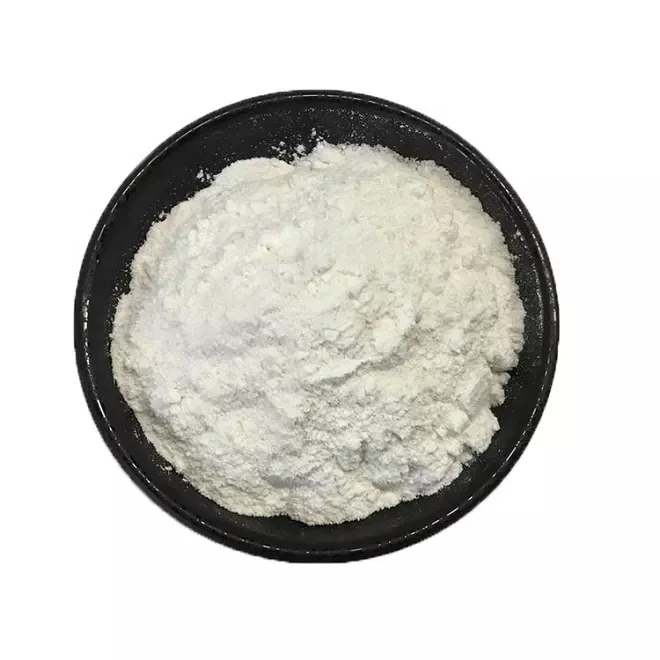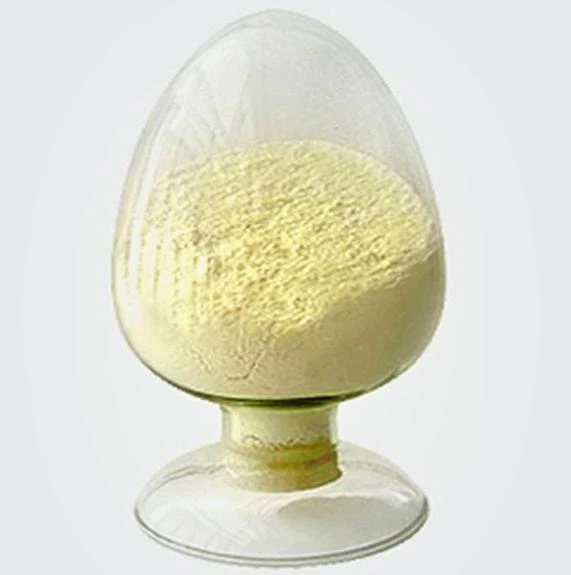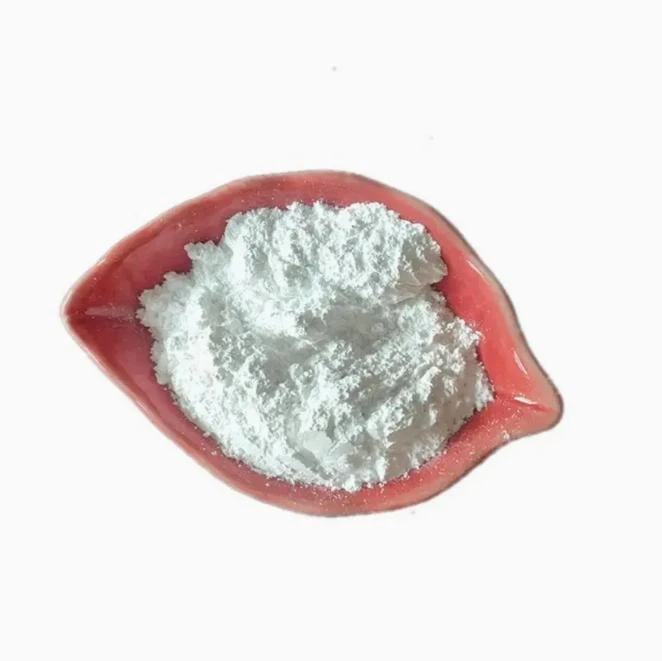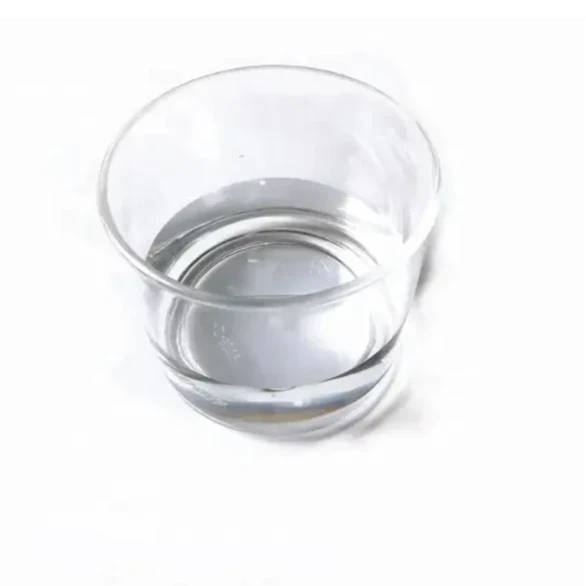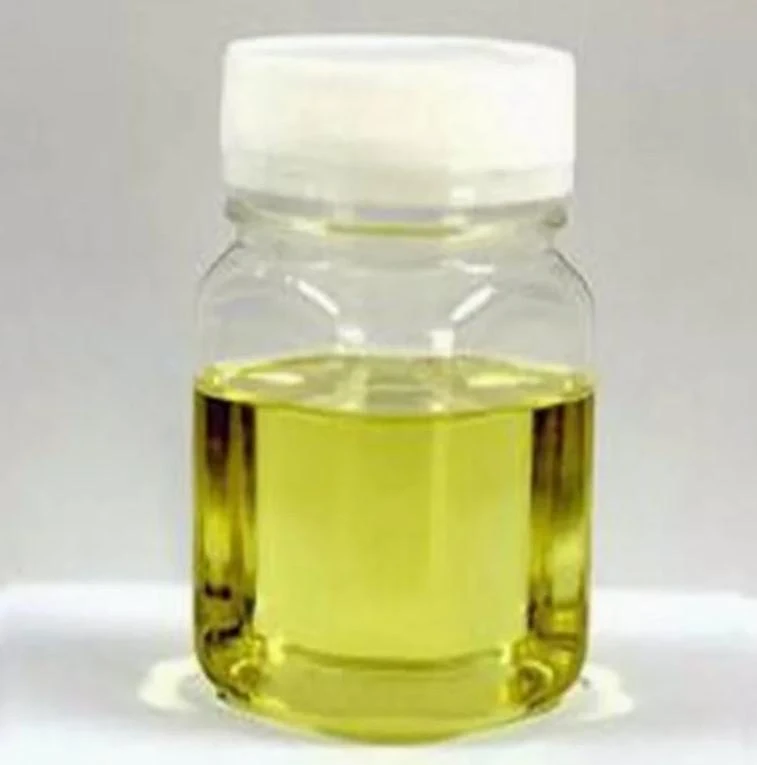Warning: Undefined array key "file" in /home/www/wwwroot/HTML/www.exportstart.com/wp-content/themes/1198/header.php on line 7
Warning: Undefined array key "title" in /home/www/wwwroot/HTML/www.exportstart.com/wp-content/themes/1198/header.php on line 7
Warning: Undefined array key "title" in /home/www/wwwroot/HTML/www.exportstart.com/wp-content/themes/1198/header.php on line 7
- Moafrika
- Sealbania
- Seamharic
- Searabia
- Searmenia
- Se-Azerbaijani
- Sebasque
- Sebelarusia
- Benghali
- Sebosnia
- Se-Bulgaria
- Secatalan
- Sebuano
- China
- China (Taiwan)
- Corsican
- Secroatia
- Czech
- Sedanishe
- Se-Dutch
- Senyesemane
- Esperanto
- Seestonia
- Sefinnishe
- Sefora
- Sefrisia
- Segalician
- Segeorgia
- Sejeremane
- Segerike
- Segujarati
- Secreole sa Haiti
- hausa
- siwaiian
- Seheberu
- Che
- Miao
- Se-Hungary
- Seiceland
- igbo
- Seindonesia
- irish
- Setaliana
- Sejapane
- Se-Javanese
- Kannada
- kazakh
- Khmer
- Rwanda
- Sekorea
- Sekurdish
- Sekyrgyz
- Lefuba
- Selatine
- Selatvia
- Selithuania
- Se-Luxembourgish
- Semacedonia
- Malgashi
- Semalay
- Semalayalam
- Semalta
- Semaori
- Marathi
- Mongolian
- Myanmar
- tsa Nepali
- Norwegian
- Norwegian
- Occitan
- Sepashto
- Sepersia
- Sepolishe
- Sepotoketsi
- Sepunjabi
- Seromania
- Serussia
- Sesamoa
- Segaeli sa Scotland
- Seserbia
- Senyesemane
- Seshona
- Sindhi
- Sesinhala
- Seslovak
- Seslovenia
- Somalia
- Sepanish
- Sesundanese
- Seswahili
- Seswedishe
- Setagalog
- Se-Tajik
- Setamil
- Setatare
- Setelugu
- Sethai
- Se-Turkey
- Turkmen
- Seukraine
- Seurdu
- Uighur
- Seuzbek
- Sevietnam
- Welsh
- Thusa
- Yiddish
- Yoruba
- Sezulu
Milrinone
Milrinone is a phosphodiesterase inhibitor, a cardiotonic drug with positive inotropic and vasodilating effects, which can be used to treat acute or chronic refractory congestive heart failure.
Millinone is a cardiotropic drug, belonging to phosphodiesterase inhibitors. By inhibiting phosphodiesterase, the drug can increase the concentration of cyclic adenosine phosphate and calcium in cardiomyocytes, thereby effectively strengthening myocardial contractility and increasing cardiac output, so as to exert positive muscle strength. In addition, Milrinone can also play a vasodilator role by directly acting on the small arteries.



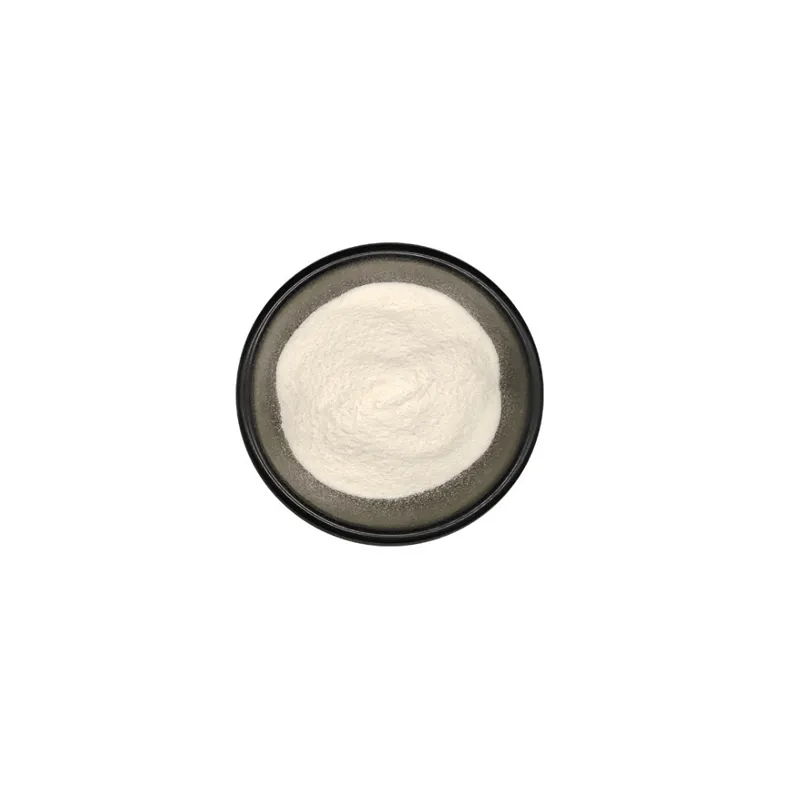
milrinone supports ventricular functioning of the heart by decreasing the degradation of cAMP and thus increasing phosphorylation levels of many components in the heart that contribute to contractility and heart rate. Milrinone use following cardiac surgery has been under some debate because of the potential increase risk of postoperative atrial arrhythmias. However, in the short term milrinone has been deemed beneficial to those experiencing heart failure and an effective therapy to maintain heart function following cardiac surgeries. There is no evidence of any long term beneficial effects on survival.
Milrinone, is a medication used in patients who have heart failure. It is a phosphodiesterase 3 inhibitor that works to increase the heart's contractility and decrease pulmonary vascular resistance. Milrinone also works to vasodilate which helps alleviate increased pressures (afterload) on the heart, thus improving its pumping action. While it has been used in people with heart failure for many years, recent studies suggest that milrinone may exhibit some negative side effects that have caused some debate about its use clinically.
Overall, milrinone supports ventricular functioning of the heart by decreasing the degradation of cAMP and thus increasing phosphorylation levels of many components in the heart that contribute to contractility and heart rate. Milrinone use following cardiac surgery has been under some debate because of the potential increase risk of postoperative atrial arrhythmias. However, in the short term milrinone has been deemed beneficial to those experiencing heart failure and an effective therapy to maintain heart function following cardiac surgeries. There is no evidence of any long term beneficial effects on survival.
Re na le lifeme tse ngata tsa boleng bo holimo tse nang le tšebelisano e tebileng, tse ka u fang lihlahisoa tsa boleng bo holimo le litheko tsa tlholisano. Hape re ka fana ka litheolelo bakeng sa ho reka ka bongata.'Me re sebelisana le lik'hamphani tse ngata tsa litsebi tse tsamaisang thepa, li ka isa lihlahisoa ka mokhoa o sireletsehileng le ka thelelo matsohong a hau. Nako ea ho fana e ka ba matsatsi a 3-20 ka mor'a hore ho netefatsoe tefo.




|
Tlhahlobo
|
Tlhaloso
|
Sephetho
|
Test method
|
|
Physical Description
|
|
|
|
|
Ponahalo
|
White Powder
|
White Powder |
Visual
|
|
Monko o monate
|
Characteristic
|
Characteristic
|
Organoleptic
|
|
Particle size
|
90% pass 80 mesh
|
90% pass 80 mesh
|
80 Mesh Screen
|
|
Chemical Tests
|
|
|
|
|
Assay (Lutein)
|
99%
|
90.15%
|
HPLC
|
|
Loss on drying
|
5.0% Max
|
1.82%
|
5g/105ºC/2hrs
|
|
Ash Contents
|
5.0% Max
|
1.12%
|
2g/525ºC/3hrs
|
|
Residual Solvents
|
50.0 ppm, Only Ethanol
|
<30.0 ppm
|
/
|
|
Heavy metals
|
5.0 ppm Max
|
<3.0 ppm
|
AAS
|
|
Lead
|
3.0 ppm Max
|
<1.0 ppm
|
AAS
|
|
Arsenic
|
3.0 ppm Max
|
<1.0 ppm
|
AAS
|
|
Microbiology Control
|
|
|
|
|
Total Bacteria Count
|
1,000cfu/g Max
|
<280cfu/g
|
AOAC
|
|
Yeast & Mold
|
100cfu/g Max
|
<10cfu/g
|
AOAC
|
|
Coliform
|
30.0 MPN/g Max
|
<3.0 MPN/g
|
AOAC
|
|
Qetello
|
Complies with the standards.
|
||
|
General Status
|
Non-GMO, ISO Certificated.
|
||
Milrinone is a PDE3 (phosphodiesterase 3) inhibitor that exhibits vasodilator and positive inotropic effects. Milrinone's positive inotropic activity can be inhibited by carbachol (sc-202092). Research indicates that Milrinone can increase platelets and enhance cAMP levels. Milrinone is an inhibitor of PDE3A and PDE3B.
Milrinone, commonly known and marketed as the drug Primacor, is a medication used in patients suffering from heart failure. Milrinone is a phosphodiesterase 3 inhibitor that works to increase the heart's contractility. Milrinone also works to vasodilate vessels which helps alleviate increased pressures (afterload) on the heart, thus improving its pumping action. Milrinone has been used in those suffering from heart failure for many years.

1. Na u feme kapa k'hamphani ea khoebo?
Re komnay e kopanyang indasteri le khoebo, ho fana ka ts'ebeletso e le 'ngoe.OEM e ka amoheloa.
2. O fana ka mehlala? Na ke mahala kapa ho feta?
Mehlala ea mahala. Tefiso ea thepa ea sampole e hloka ho lefuoa ka lehlakore la hau.
3. O na le litifikeiti tse amanang le taolo ea boleng?
Setifikeiti sa ISO 9001:2008 ho netefatsa boleng.
4. Ke fane ka eng ho fumana khotheishene?
Pls re tsebise ka mofuta oa sehlahisoa seo u se hlokang, bongata ba odara, aterese le litlhoko tse ikhethileng. Khotheishene e tla etsoa bakeng sa referense ea hau ka nako.
5. U khetha mofuta ofe oa mokhoa oa ho lefa? Ke mantsoe a mofuta ofe a amoheloang?
Melao e Amoheletsoeng ea Thomello: FOB,CFR,CIF,EXW;
Chelete ea Tefo e Amoheletsoeng: USD;
Mofuta oa Tefo o Amoheletsoeng: T/T, Western Union; Paypal, Tiisetso ea Khoebo.
Puo e Builoeng: Senyesemane.
Lihlopha tsa lihlahisoa
-
 May . 13, 20252025 European Fine Chemicals Exhibition in GermanyThe much-anticipated Fine Chemicals Europe 2025 will be held in Germany from June 4 to 5, 2025. The event will bring together industry leaders, innovators and stakeholders in the fine chemicals sector, providing a unique platform for networking, collaboration and showcasing the latest advances in the field.
May . 13, 20252025 European Fine Chemicals Exhibition in GermanyThe much-anticipated Fine Chemicals Europe 2025 will be held in Germany from June 4 to 5, 2025. The event will bring together industry leaders, innovators and stakeholders in the fine chemicals sector, providing a unique platform for networking, collaboration and showcasing the latest advances in the field. -
 May . 07, 20252025 New York Cosmetics Ingredients ExhibitionThe much-anticipated 2025 Cosmetics Ingredients New York will be held at the Javits Center in New York from June 3 to 4, 2025. This event will bring together industry leaders, innovators and enthusiasts from all over the world to discuss the latest trends and advances in the field of cosmetic ingredients.
May . 07, 20252025 New York Cosmetics Ingredients ExhibitionThe much-anticipated 2025 Cosmetics Ingredients New York will be held at the Javits Center in New York from June 3 to 4, 2025. This event will bring together industry leaders, innovators and enthusiasts from all over the world to discuss the latest trends and advances in the field of cosmetic ingredients. -
 Apr . 27, 2025Zibo will host the 2025 International Chemical ExpoZibo, a city known for its thriving chemical industry, will host the 2025 Zibo International Chemical Expo from May 16 to May 18, 2025. This highly anticipated event aims to bring together industry leaders, innovators and stakeholders from around the world to explore the latest advancements and trends in the chemical industry.
Apr . 27, 2025Zibo will host the 2025 International Chemical ExpoZibo, a city known for its thriving chemical industry, will host the 2025 Zibo International Chemical Expo from May 16 to May 18, 2025. This highly anticipated event aims to bring together industry leaders, innovators and stakeholders from around the world to explore the latest advancements and trends in the chemical industry.



